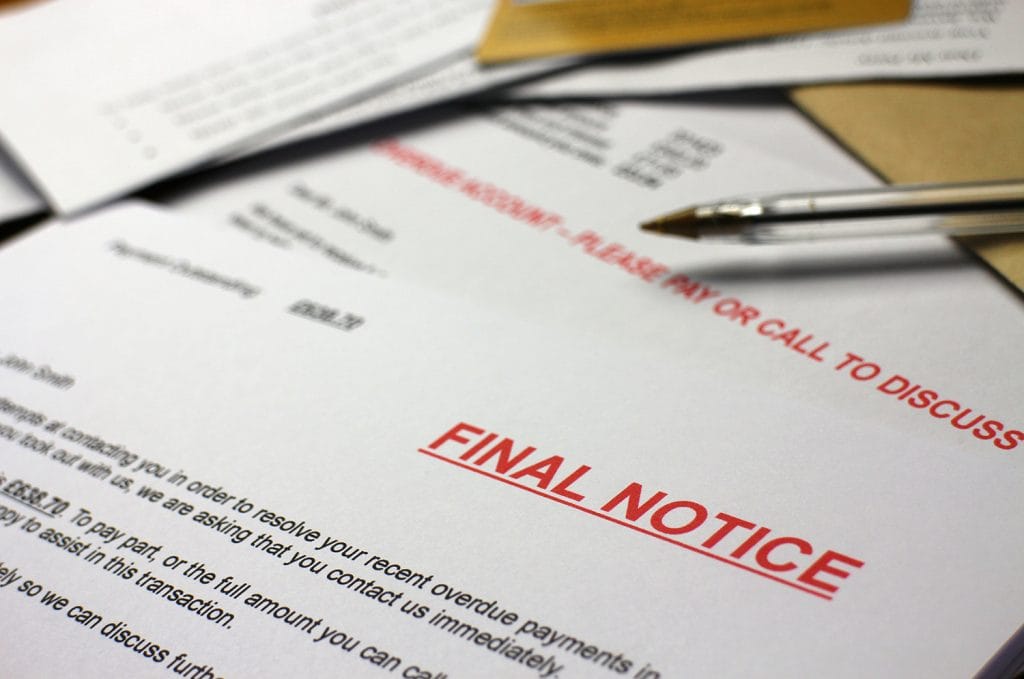
How to Make the Most of Black Friday and Cyber Monday
Save big with 8 smart tips for Black Friday and Cyber Monday shopping success.
What Is a Fake 2FA Scam?
Fake two-factor authentication (2FA) scams can trick people into handing over the security codes meant to protect their accounts. Scammers pretend to be from a bank, a phone company, or another business you trust. They claim to need a code sent to your phone or email to help fix a problem or verify your identity. That code lets them break into your account without ever needing your password.
How the Scam Works
The scam starts when a fraudster enters your email or phone number on a website’s login page and clicks “Forgot Password.” This pushes a 2FA code to your phone or email. The scammer then reaches out, often pretending to be from your bank or a familiar company, asking for the code to confirm your identity or fix an account issue. Their goal is to make you believe the request is legitimate so that you share the code. Once they have it, they use it to access your account and often change the password so you can’t get back in.
Example of This Scam
Ross receives a text that says his account needs verification, followed by a call from someone claiming to be on his bank’s fraud team. They warn that suspicious activity was detected and ask Ross to read back the 2FA code just sent to his phone. He does, unknowingly handing over the keys to his account. Minutes later, the fraudster changes his password and locks Ross out.
Tips to Protect Yourself From the Fake 2FA Scam
If You Think You’ve Been Scammed
Follow these essential tips:

Save big with 8 smart tips for Black Friday and Cyber Monday shopping success.

Scammers are pretending to be debt collectors to pressure you into paying money you don’t owe. Learn how this scam works and how to protect yourself.
Copied to clipboard!